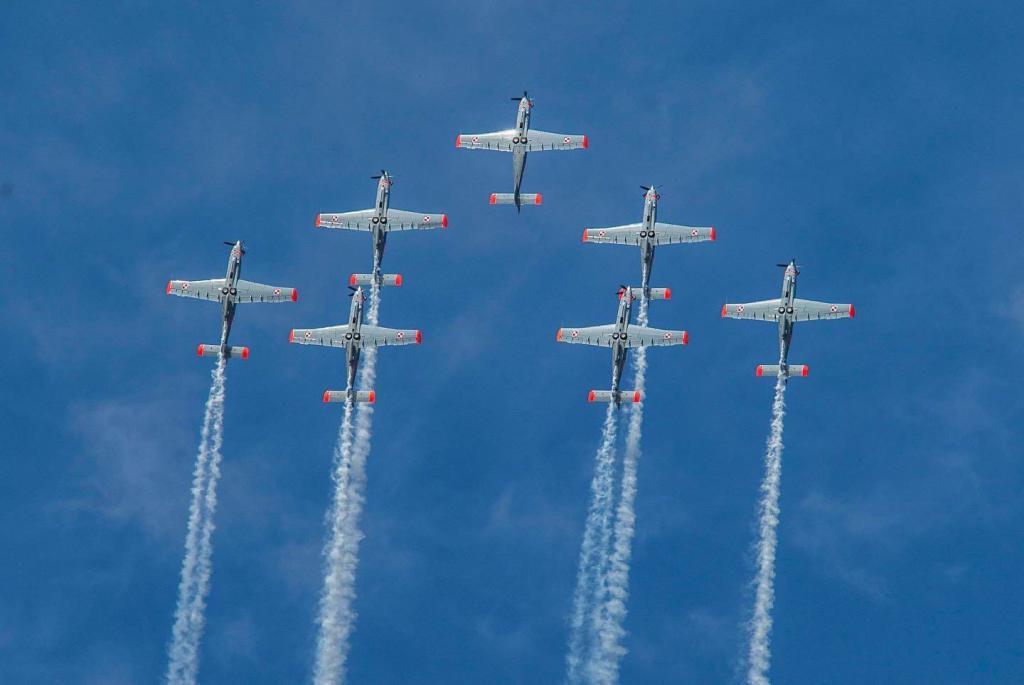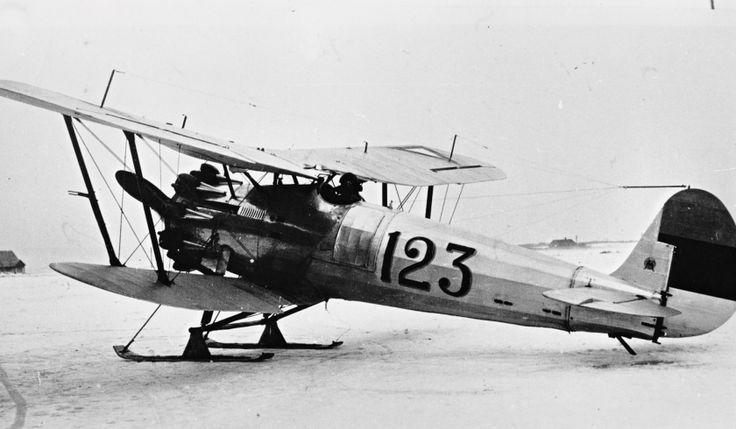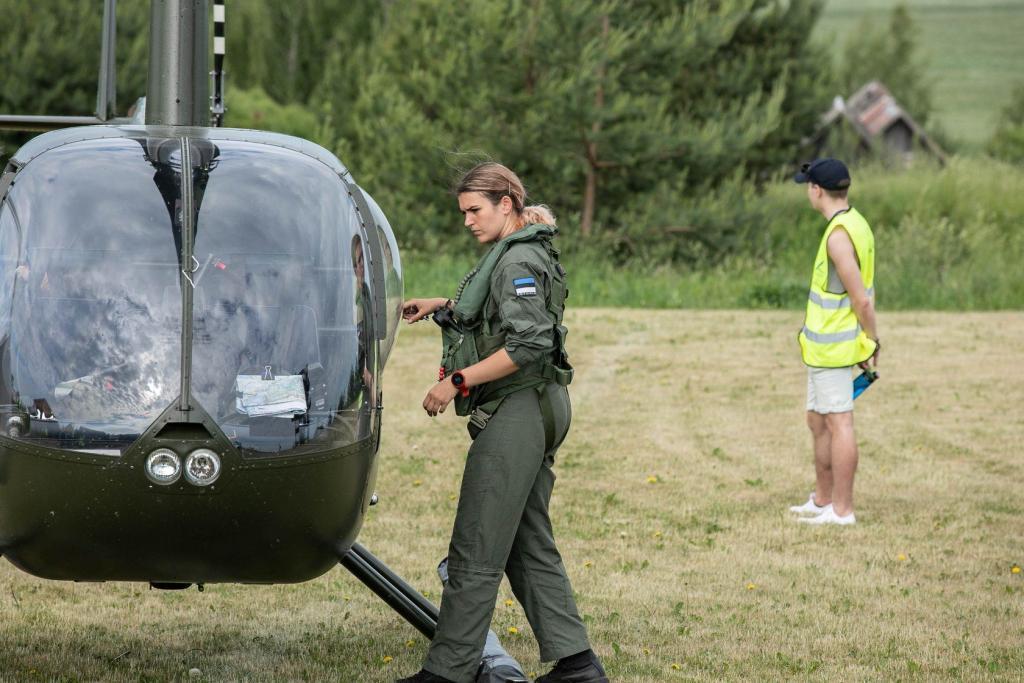The Estonian Air Force celebrated its 100th anniversary on 13 July with an air show that featured a flypast by a United States Air Force Lockheed Martin F-35 Lightning II aircraft.
The Estonian Air Force opened the doors of the Ämari Air Base to everyone on 13 July and put up an air show titled “100 years from the birth of the Estonian Air Force”. In addition to the air show, the air force set up an aviation exhibit.
The Estonian military said that almost 30 different aircraft were present at the show.
The air show featured a US Air Force Lockheed Martin F-35 Lightning II, commonly known as a “stealth fighter”. The F-35 Lightning II is a single-seat, single-engine, all-weather, stealth, fifth-generation, multirole combat aircraft, designed for ground-attack and air-superiority missions. It is built by Lockheed Martin and many subcontractors.
The top speed of the F-35 fighter is 1,199 miles per hour (1.6 Mach; 1,918 kilometres per hour). It’s equipped with a GAU-22/A 25-mm calibre four-barrelled Gatling automatic cannon, two air-to-air and two air-to-surface missiles.
The largest event for the public in the last five years
Other participants in the air show included the Polish aerobatics team Orlik, a Pitts Special S-2A biplane, and a Royal Danish Air Force F-16 Fighting Falcon.
“The air show is meant for the Estonian people, an event where we’re showing the aircraft that help us together with our allies defend our air space,” Riivo Valge, the chief of staff of the Estonian Air Force said in a statement, adding that it’s a family event that will engage both adults and children. “It’s the largest event the air force has set up for the public in the last five years.”

The Estonian Air Force is the aviation branch of the Estonian Defence Forces. The air force traces its history to 1918 when the Estonian Provisional Government set about establishing a military aviation unit. The Aviation Company of the Engineer Battalion began to establish air bases near Tallinn for seaplanes and land planes, but it was not until January 1919 that the first operational aircraft was acquired – a captured Soviet Farman HF.30.
After the Estonian War of Independence and the subsequent peace treaty with the Soviet Russia in 1920, the Estonian Army was demobilised, but the Aviation Company was retained. With the delivery of more aircraft, it was reorganised as an Aviation Regiment, comprising a landplane squadron, seaplane squadron, flying school and workshops. More bases and seaplane stations were built.
Planned to acquire Spitfires from the British
In 1939, just before the Second World War and the Soviet occupation of Estonia, the Estonian Air force consisted of about 80 active airplanes – Bristol Bulldog, Hawker Hart and Potez 25 biplanes from the 1920s, but also the more modern Avro Anson multipurpose aircraft, in three groups stationed at Rakvere, Tartu and Tallinn.

Plans to acquire Spitfires and Lysanders from Britain were thwarted when the outbreak of the war in 1939 forced Britain to cancel all export orders. After the defeat of Poland, Estonia was forced to accept a Mutual Assistance Pact with the Soviet Union, signed on 28 September 1939. This allowed the Russians to establish military bases in Estonia, which were later used in the Winter War against Finland.
On 17 June 1940, Estonia was invaded by the Soviet forces. During the June 1940 invasion, the Air Defence took no action and subsequently aircraft remained locked in their hangars. The air force became the Aircraft Squadron of the 22nd Territorial Corps of the Soviet Army in the summer of 1940.
Tasked to provide surveillance of the air space
The Estonian Air Force was re-established on 16 December 1991 after the restoration of independence of the Republic of Estonia in 1991.
The Air Force Command and Control Headquarters was formed in Tallinn on 13 April 1994. It then started to rebuild the military infrastructure left by the Soviet military. Most of the funds have been directed to the Ämari military airfield which was completed in 2011.

As of 2016, the Estonian Air Force has a strength of 300 personnel. It operates unarmed aircraft, four helicopters and several radar systems. Its main tasks are to provide surveillance of Estonian air space and support the country’s ground forces. In addition, the air force hosts units from other NATO countries at its single operational air base.
Cover: A couple of US Air Force F-35s flying past Ämari Air Base on 13 July 2019. Photo by the Estonian Air Force.

